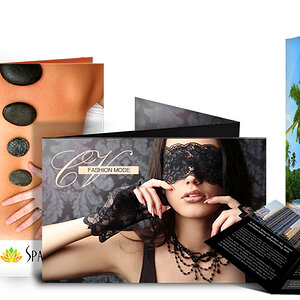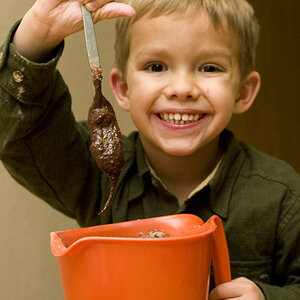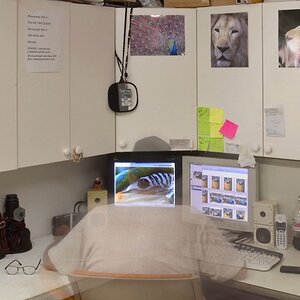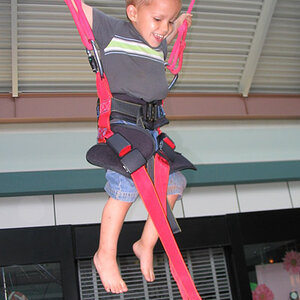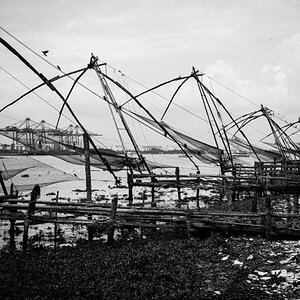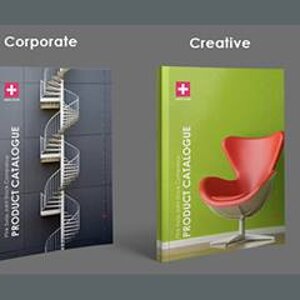redbourn
No longer a newbie, moving up!
- Joined
- Dec 18, 2009
- Messages
- 476
- Reaction score
- 36
- Location
- Nazaré, Portugal
- Website
- best-food.info
- Can others edit my Photos
- Photos OK to edit
I have a decent camera - Nikon D3300 a pretty good lens and a tripod.
Am shooting photos for a cookbook that I'm writing and although a 5 month newbie some are probably looking good enough for 7.5 x 7.5 " photos.
So what's the problem?
I find it much much easier to compose photos on my cellphone.
And they more often than not look better than what I shoot on the Nikon.
Not talking quality but set up.
I can move around the food, zoom in and out with my Galaxy until I see what I like.
And maybe shoot from a few different angles.
Any help with this issue would be much appreciated.
Michael
Am shooting photos for a cookbook that I'm writing and although a 5 month newbie some are probably looking good enough for 7.5 x 7.5 " photos.
So what's the problem?
I find it much much easier to compose photos on my cellphone.
And they more often than not look better than what I shoot on the Nikon.
Not talking quality but set up.
I can move around the food, zoom in and out with my Galaxy until I see what I like.
And maybe shoot from a few different angles.
Any help with this issue would be much appreciated.
Michael



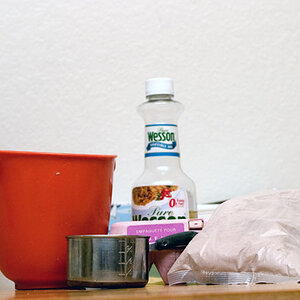
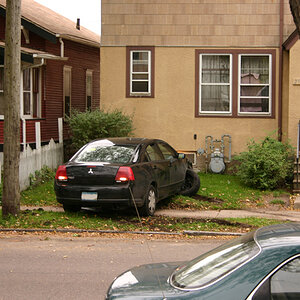
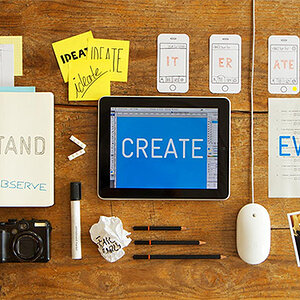
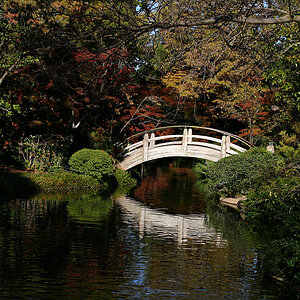
![[No title]](/data/xfmg/thumbnail/38/38724-0b9c26c57726c91c6c504310e4428e55.jpg?1619738702)

